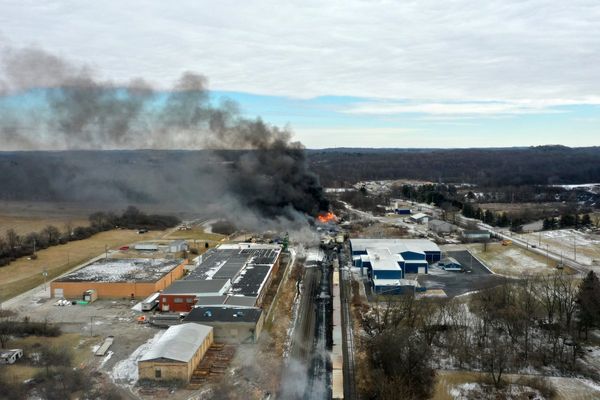Traditional owners in Kakadu National Park have welcomed an amendment to the Atomic Energy Act 1953 in federal parliament that gives a mining company more time to rehabilitate an old uranium mine.
The Ranger uranium deposit, 250 kilometres east of Darwin, was Australia's longest-running uranium mine starting in 1981 and closing in January 2021.
Its operator Energy Resources of Australia (ERA) is obliged to return the mine site to a similar condition as before mining started.
But the costs and timing of the rehabilitation have blown out with the most up-to-date assessment putting the bill at between $1.6 and $2.2 billion, and a completion date of 2028 at the earliest.
ERA's current lease — which is legislated by the Federal Atomic Energy Act because the Ranger deposit was discovered before the NT became self-governing — was due to expire in January 2026.
Last week, the federal government passed an amendment to the act, which allows ERA to continue to access the site until the clean-up is complete.
Mirarr traditional owner, Corben Mujandi said he was pleased that ERA was allowed more time to rehabilitate the site.
"This change to the law is about listening to us," he said.
"We say, give them more time to clean up Ranger. Let them do the full job of cleaning up.
"We will work with them to heal our land, our mother, to heal ourselves and provide jobs for our people. But that means they need more time to access the area.
"This new law will give them that time."
Minister for Indigenous Australians Linda Burney said she would now start negotiations on a new land access agreement with Mirarr traditional owners.
"This legislation now gives both ERA and the Mirarr traditional owners a line of sight for the land's eventual rehabilitation and return, although a full handover is still some years away," she said.
"We all look forward to seeing Ranger being a world-class example of mine rehabilitation."
Gundjeihmi Aboriginal Corporation chief executive Justin O'Brien said a new time frame for rehabilitation needed to be negotiated.
But he said the rehabilitation could take "decades".
"Significant challenges remain about the rehabilitation of the Ranger facility, the cost is not yet known, the time line is not yet known," Mr O'Brien said.
"We know it's beyond 2026, but how long … we say as long as it takes for the satisfactory completion of works.
"That might mean many years of water treatment, how many, I can't say, but it will be the subject of negotiations."
No further mining allowed
In September, ERA released an independent evaluation of the company, which suggested Mirarr traditional owners might consider mining two other uranium deposits near Ranger.
The report was supported by some minority shareholders in the company, who wanted ERA to mine the Jabiluka and Ranger 3 Deeps deposits.
ERA's chief executive Brad Welsh told a Senate inquiry looking at the Atomic Energy Amendment Bill that the changes would only allow for rehabilitation at Ranger.
"The amendments to the act don't allow further mining activity on the Ranger project area," Mr Welsh said.
"They only allow rehabilitation activities … but there's no proposal that there will be further mining allowed as a result of amendments to this act."
Traditional owners have long maintained a stance that they would never allow any more uranium mining on their country.
In November, ERA was granted access to almost $60 million from its security bond held by the federal government.







